
Ingredient
Chromium
The Mighty Mineral: Unveiling the Power of Chromium
Chromium is a lustrous, hard metal that is commonly found in the Earth's crust. In its pure form, it has a silver-gray appearance. However, when used as a food ingredient, chromium is typically found in the form of chromium picolinate or chromium polynicotinate. These compounds are odorless and tasteless, making them easy to incorporate into a variety of dishes. Chromium is known for its ability to enhance insulin sensitivity, regulate blood sugar levels, and support metabolism. It is also believed to have a positive impact on cholesterol levels and cardiovascular health. In terms of texture, chromium does not have a specific texture as it is typically consumed in supplement form rather than as a whole food.
Origins and history
Chromium was discovered in the late 18th century by French chemist Louis-Nicolas Vauquelin. It was named after the Greek word "chroma," meaning color, due to the vibrant hues of its compounds. While chromium has been used in various industrial applications, its significance in human nutrition was not fully understood until the 1950s. Since then, research has revealed its role in glucose metabolism and its potential health benefits.
Nutritional information
Chromium is an essential mineral that supports the body's metabolism of carbohydrates, fats, and proteins. It aids in maintaining stable blood sugar levels and may help improve insulin sensitivity. While there is no established daily recommended intake for chromium, it is generally recommended to consume around 20-35 micrograms per day for adults.
Allergens
Chromium is not known to cause allergic reactions in most individuals. However, some people may be sensitive to certain forms of chromium, such as chromium salts used in industrial settings. It is advisable to consult with a healthcare professional if you suspect any allergies or sensitivities.
How to select
When purchasing chromium supplements, it is important to choose reputable brands that adhere to quality standards and have undergone third-party testing for purity and potency. Look for products that are labeled as "chromium picolinate" or "chromium polynicotinate" to ensure you are getting the desired form of chromium.
Storage recommendations
To maintain the freshness and quality of chromium supplements, store them in a cool, dry place away from direct sunlight. Follow the storage instructions provided by the manufacturer to ensure optimal shelf life.
How to produce
Chromium is not typically produced or grown by amateurs as it is primarily obtained through industrial processes or as a supplement.
Preparation tips
Chromium supplements are typically taken orally and should be consumed as directed by a healthcare professional. It is important to follow the recommended dosage and not exceed the suggested intake. Chromium can be taken with or without food, depending on personal preference. It is advisable to consult with a healthcare professional before starting any new supplement regimen.
Culinary uses
Chromium is primarily used as a dietary supplement rather than a culinary ingredient. It is commonly incorporated into multivitamin and mineral formulations to support overall health and well-being.
Availability
Chromium supplements are widely available in pharmacies, health food stores, and online retailers. It is important to choose reputable sources when purchasing supplements to ensure quality and safety.
More ingredients from this category » Browse all

Bromine
The Versatile Element of Bromine
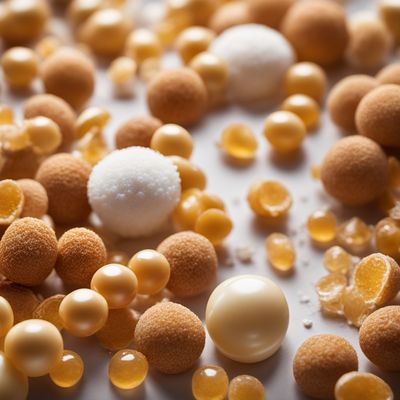
Magnesium
"The Mighty Mineral: Unleashing the Power of Magnesium"

Copper
The Versatile Element: Unleashing the Power of Copper
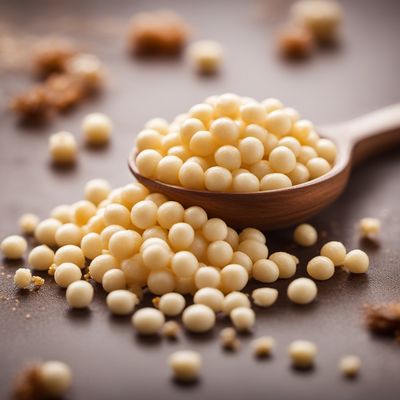
Molybdenum
The Essential Trace Mineral
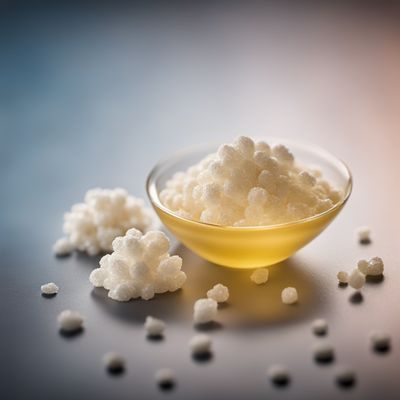
Calcium
The Mighty Mineral: Unleashing the Power of Calcium

Iodine
"The Essential Element: Unveiling the Power of Iodine"

Phosphorus
The Essential Mineral
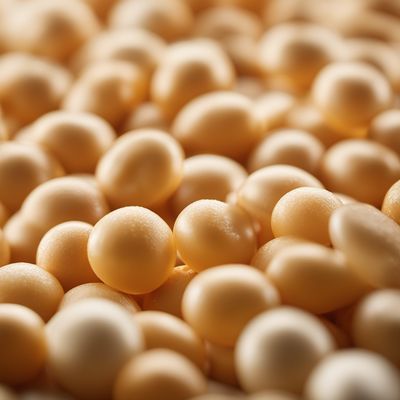
Manganese
The Mighty Mineral: Unveiling the Power of Manganese
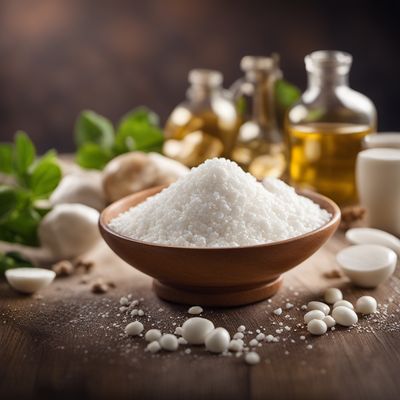
Selenium
"The Mighty Mineral: Unleashing the Power of Selenium"

Zinc
The Mighty Mineral: Unleashing the Power of Zinc

Potassium
The Essential Electrolyte: Unleashing the Power of Potassium

Iron
The Mighty Mineral: Iron